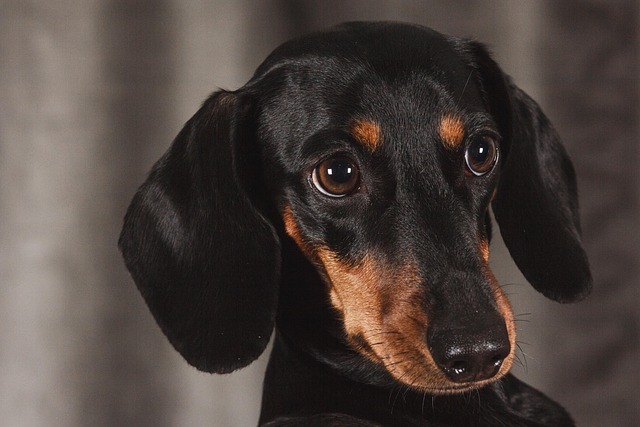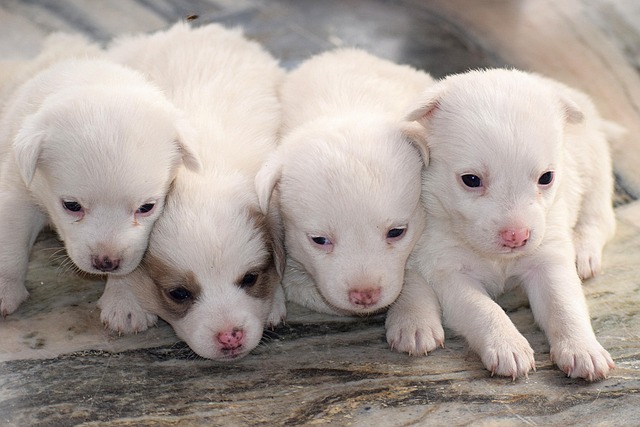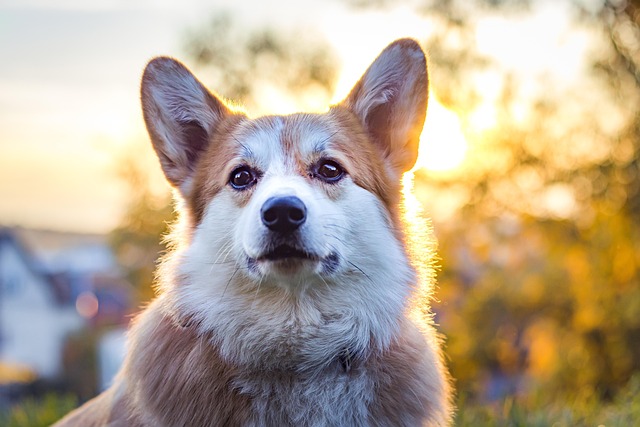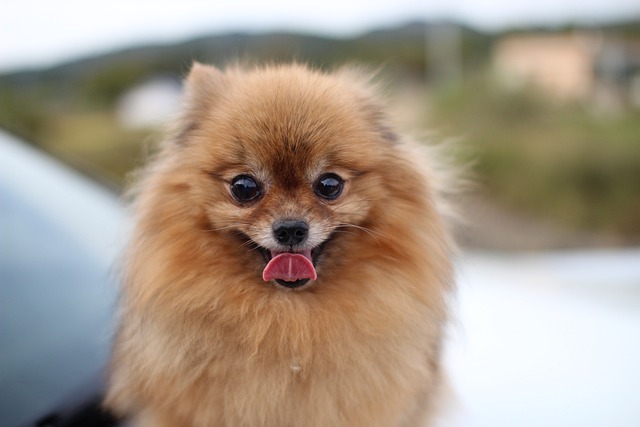
What are 5 common foods to feed dogs if they have an upset stomach
If you’ve ever watched your dog turn away from their food, then spend the next hour pacing and whimpering, you know the panic of an upset stomach.
That unmistakable "puppy smell" hits you the moment you walk in – equal parts sweet corn chips and damp fur. Your wiggly 6-week-old Golden Retriever just rolled in something questionable at the park, and you’re desperate to bathe him. But wait – is it safe? Bathing puppies too early can be risky business. Let’s clear the suds on when and how to introduce your furball to bath time.
Most vets across the US and EU agree: hold off until at least 8 weeks old. Why? Newborn pups can’t regulate body temperature well. A bath could cause dangerous chilling, especially in drafty apartments common in cities like Amsterdam or Chicago. Their fragile immune systems also need time to strengthen – those core vaccines (like parvovirus and distemper) typically start around 6-8 weeks. Never bathe before the first vet checkup. If your pup gets muddy at week 7? Spot-clean with a warm, damp washcloth instead. For stubborn messes, use a vet-approved puppy wipe, avoiding eyes and ears. Remember, mama dog licks them clean naturally – less is more early on.
When you do start, make it positive. Forced baths create lifelong fear. This aligns with Europe’s strict animal welfare laws and the US’s shift toward force-free handling. Positive reinforcement is key: smear lickable peanut butter on the tub wall, use cheerful praise, and keep sessions under 5 minutes. Never scold a shaky pup – anxiety makes training harder. Instead, pair baths with joy: think of Emma in Dublin who bathed her Cockapoo in a sink lined with non-slip mats while feeding tiny cheese bits. Water temperature matters too – test it on your inner wrist like a baby’s bottle. Lukewarm is perfect.
Now, let’s talk logistics. Apartment dwellers in Paris or NYC often use portable tubs or deep sinks. Place a towel on the bottom for grip – slipping terrifies pups. Close toilet lids (curious noses drown fast!), and use puppy-specific shampoo. Human products strip their sensitive skin’s protective oils, causing irritation. Rinse thoroughly: leftover soap equals itch-city. Post-bath, wrap them in a warm towel and dry gently. Hairdryers? Only on low heat held 12+ inches away – many pups hate the noise. If your spaniel panics, skip it and towel-dry in a draft-free room.

Beyond baths, responsible puppy care includes legal basics. Rabies vaccines are non-negotiable – required by law in all 50 U.S. states and EU countries, usually around 12-16 weeks. Public safety extends to walks: always carry biodegradable waste bags. Scooping poop in shared spaces like London’s Hampstead Heath or San Francisco’s Duboce Park isn’t just polite; it prevents parasite spread and avoids hefty fines. Got a balcony? Ensure railings are puppy-proof – falls are a top urban pet injury.
Watch for stress signals during early baths: trembling, whining, or escape attempts mean “stop.” If your pup hates water, try gradual exposure. Let them play near an empty tub, then add a shallow inch of water with toys. Progress slowly over weeks. For severe fear, consult a certified fear-free trainer – many EU pet insurers cover behavioral consults. Take Leo, a rescue terrier in Berlin: his owner used lick mats stuck to the shower wall during “dry runs” before introducing water, transforming panic into calm.
Timeline recap:
Under 8 weeks: Spot clean only
8-12 weeks: First baths if necessary (short & positive!)
12+ weeks: Regular bathing after full vaccinations
Ultimately, patience prevents trauma. Rushing baths risks physical health and emotional trust. Wait for immunity to build, prioritize positive experiences, and remember – a slightly stinky puppy is safer than a stressed, chilled one. Those puppy snuggles are worth the wait!

If you’ve ever watched your dog turn away from their food, then spend the next hour pacing and whimpering, you know the panic of an upset stomach.

If you’ve ever cleaned up diarrhea or watched your dog vomit after meals, only to feel helpless as they refuse their next bowl of food, you know the stress of a sensitive stomach.

If you’ve ever stared at the ingredient list on your dog’s kibble, wondering what “meat by-products” really are, you’re not alone. New dog owners

If you’ve ever noticed your dog suddenly shaking their head like a wet towel, or pawing at their ear until it’s red and sore, you might’ve wondered if they’re just being “naughty.”

Finding worms in your dog’s stool or noticing them scooting uncomfortably across the floor is enough to make any pet owner’s heart sink.

If you’ve ever dreamed of having a dog but hesitated because your eyes water and nose runs around furry pets, you’re not alone.